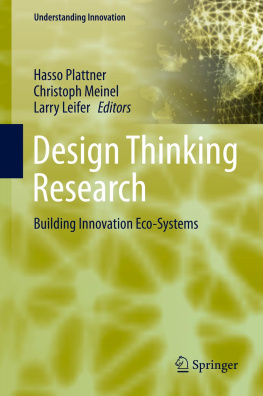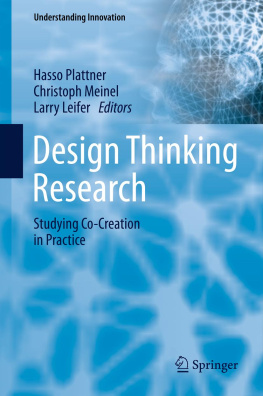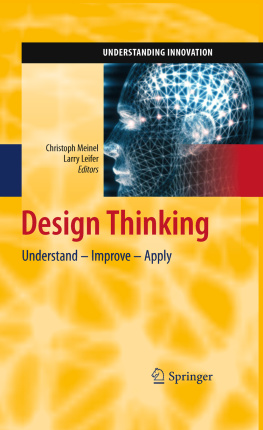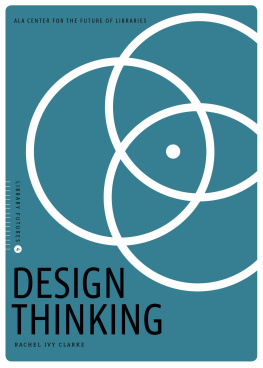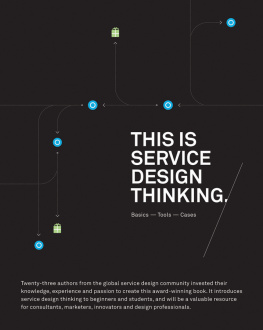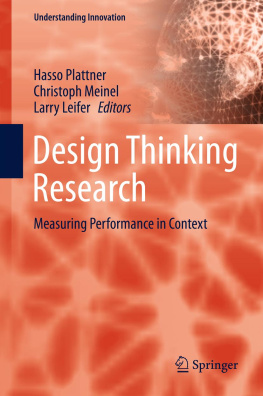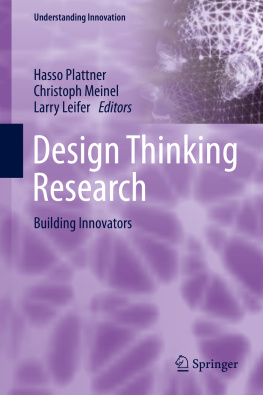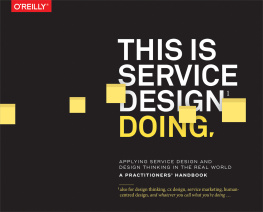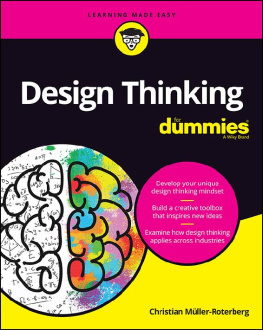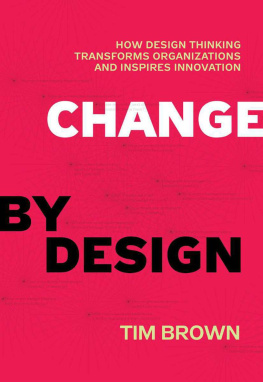We have seen over the years that many individuals appreciate the power of engineering design thinking. At the same time we witness an almost unfathomable skepticism about the ability of established organizations (corporate, academic, and government) to really adopt the paradigm. Some argue that the paradigm only works in the world of start-ups.
Motivated by this dilemma, we ask how the fundamental rules of engineering design thinking might be translated into design requirements for building precision innovation eco-systems.
1.1 Rules of Design Thinking
We now have evidence in support of several design thinking activities that have long been considered important, but until this time we have not had an explanation or understanding of their value. Of these, the over-arching truth lies in the fact that every physical product delivers a service; that every service is manifest through physical products. Our research suggests that four rules of design thinking are particularly relevant. The challenge of this section is to translate these rules into innovation eco-system design requirements.
I.
The Human Rule: All Design Activity is Ultimately Social in Nature. Never Go Hunting Alone.
There are studies that substantiate the assertion that successful innovation through design thinking activities will always bring us back to the human-centric point of view. This is the imperative to solve technical problems in ways that satisfy human needs and acknowledge the human element in all technologies and organizations.
Design Requirements for the Human Rule
Place people at the center of all things. Cover the walls with images of your people. Celebrate their success and failures. Build environments that celebrate the human scale. Forgo monuments. Create an atmosphere of empathy-in-action; for yourself and others.
II.
The Ambiguity Rule: Design Thinkers Must Preserve Ambiguity. Never Go Home Empty Handed.
There is no chance for chance discovery if the box is closed tightly, the constraints enumerated excessively, and the fear of failure always at hand. Innovation demands experimentation at the limits of our knowledge, at the limits of our ability to control events, and with freedom to see things differently.
Design Requirements for the Ambiguity Rule
Keep track of assumptions; place them boldly in your design space. For every constraint you are coping with, list a competing opportunity. Check your thinking: are youre looking for the global fix, or, are you keenly aware that most everything in design and business is context dependent. Take time to define the problem and solutions space context.
III.
The Re-Design Rule: All Design Is Re-Design. Take the Big Idea Home. It Has Been Done Before.
The human needs that we seek to satisfy have been with us for thousands of years. Through time and evolution there have been many successful solutions to these problems. Because technology and social circumstances change constantly, it is imperative to understand how these needs have been addressed in the past. Then we can apply foresight tools and methods to better estimate the social and technical conditions we will encounter 5, 10, 20 years in the future.
Design Requirements for the Re-Design Rule
Hunting is tough. Taking it home is tougher. Nothing beats a prepared mind; be sure your team is well informed about the history of organizational change and context. How did others effect change? How did they circumnavigate the skeptics? Take advantage of foresight thinking and tools.
IV.
The Tangible Rule: Make Ideas Tangible. Facilitate Human Communication.
Curiously, this is one of our most recent findings. While conceptual prototyping has been a central activity in design thinking during the entire period of our research, it is only in the past few years that we have come to realize that prototypes are communication media. Seen as media, we now have insights regarding their bandwidth, granularity, time constants, and context dependencies. The make it tangible rule is one of the first major findings of the design thinking research program documented in this book.
Design Requirements for the Tangible Rule
There are more great ideas out there in the world than inside our heads. Put differently, searching in the world tangibly is a great way to get new ideas, unplanned associations, un-dreamed metaphors, serendipity squared. Show me, dont tell me.
We have summarized and in some cases paraphrased the design requirements in the following table. Take the framework and apply it to your project, your organization, and your team. This is not a tool of physics. Everything about it is context dependent. Define your context.

